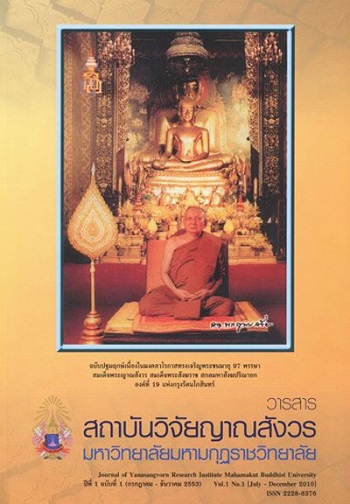The parcipatory practical research to develop the ethic teaching method for the teacher′s professional training studens of candradaseam Rajapat University
Main Article Content
Abstract
The purposes of this research were to develop the teaching manual in the ethic teaching method in teaching and activity - doing in the class rooms, to develop participation in learning in the ethic teaching method in compliance with the learning plans of the teachersa professional training.
The mixed method researches including the research and development and parcipatory research were used. The research results were found that the most students had mostly agreed in the different activities concerning with the training in the continuous meeting. There were less agreement in the public relation by noting that the news should be sent by website. This was the good opportunity to realize the news more than delivery by the representative.
In terms of learning - plans and teaching with these learning-plans, the most students had given the learning - plans in advance to the tutors for examination. The most learning-plans were consisted with the ethic teaching methods. These methods had mainly focussed on conscience, and the second one was to create ethic behavior.
The 58.5 of teachersa tutor had agreed that the students had effectively taught at the good and the second levels, bearing 40.8. The ways of the ethic training method in which tutors were impressed accordingly were showing the hypothesis, the mistake warning, and the story telling by raising the samples of the situation. But the ethic teaching method was games using, story telling and song using.


